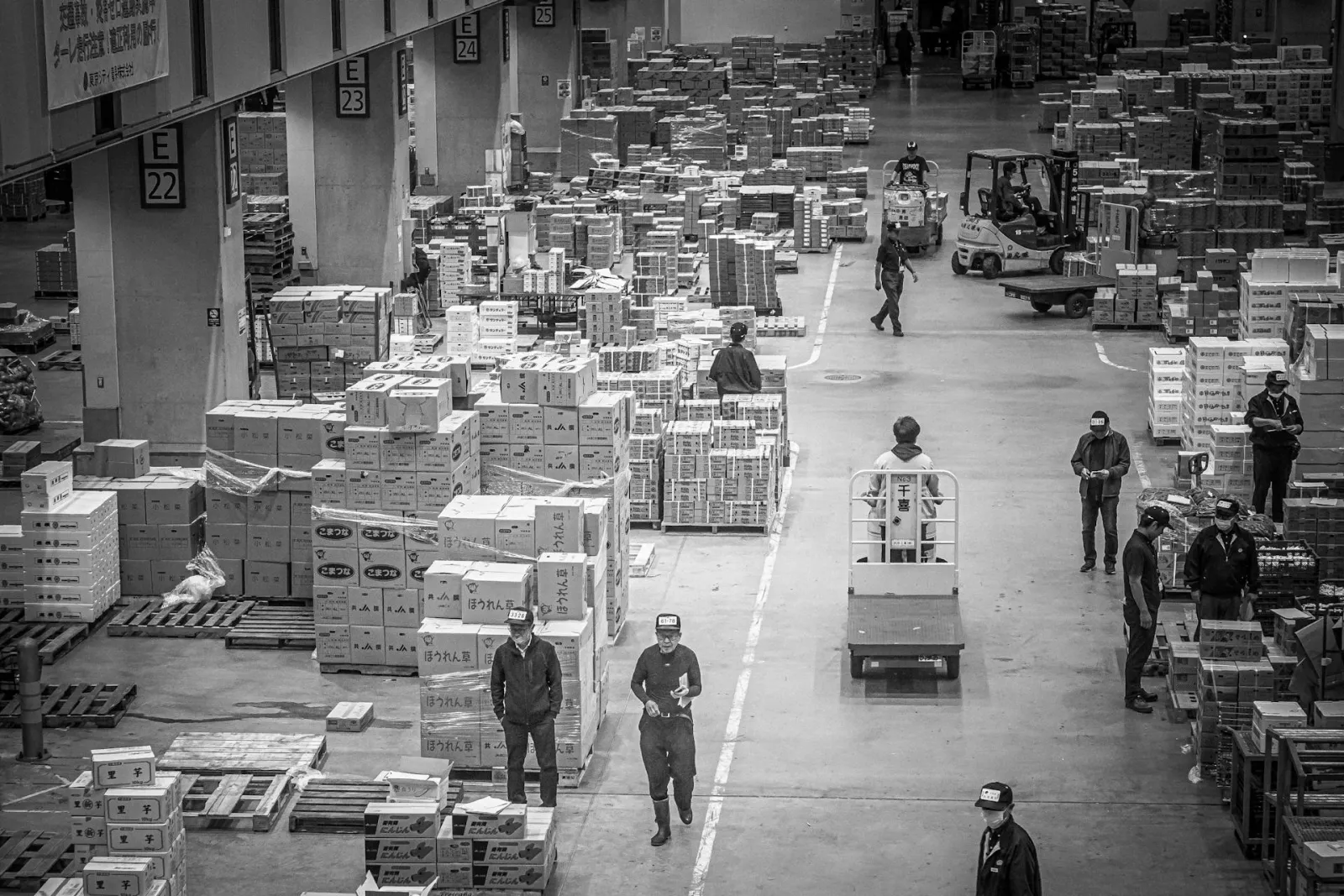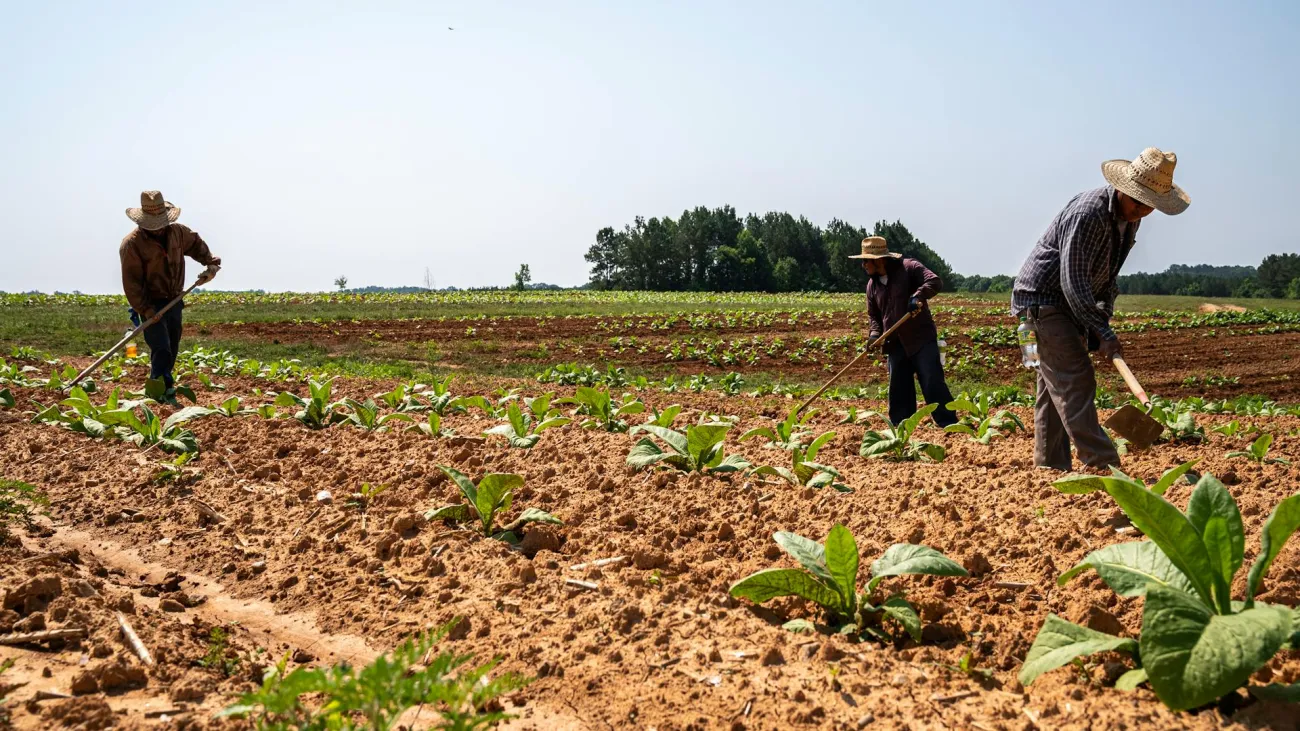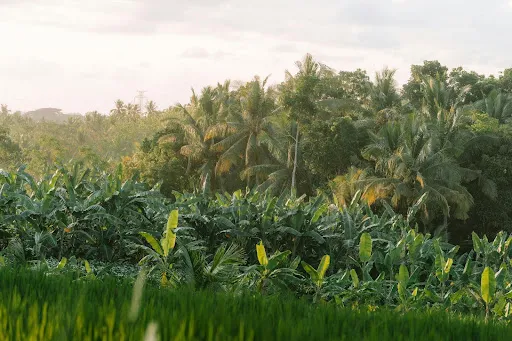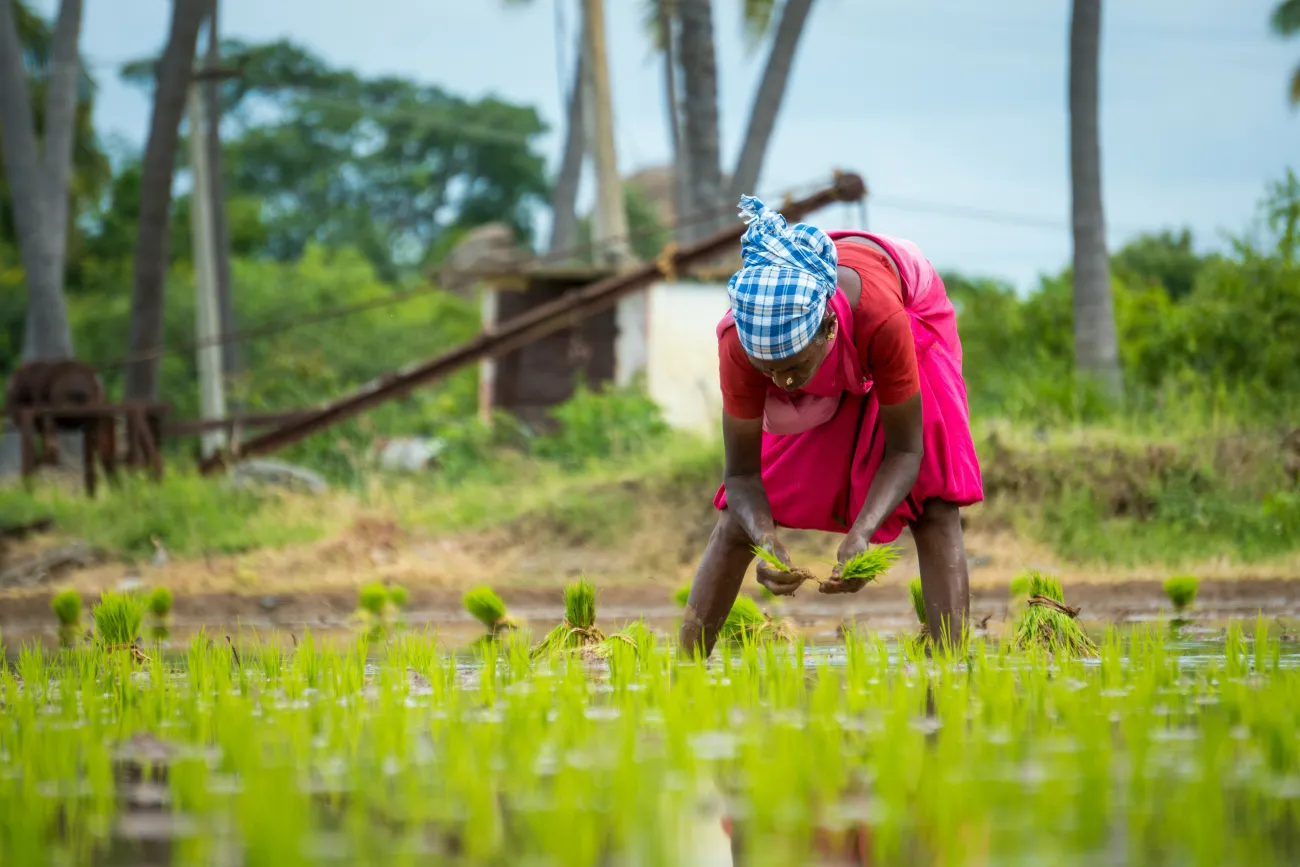Using data covering most of the global economy over 1993–2021, this study reports ten stylized facts about labour reallocation amid structural transformation. As incomes grow, labour exits primary production while downstream agrifood value chain segments maintain a steady economy-wide employment share—offering jobs that pay better than farm work.
Abstract
The traditional structural transformation narrative emphasizes intersectoral labour reallocation out of agriculture, ignoring whether workers exit agrifood value chains or merely migrate within them. Here we decompose multiregional input–output table data into industry- and country-specific annual labour value-added estimates by final consumer market segment, matching them with industry-specific employment data to estimate average worker compensation. Using data covering most of the global economy over 1993–2021, we report ten stylized facts about labour reallocation amid structural transformation. As incomes grow, labour exits primary production while downstream agrifood value chain segments maintain a steady economy-wide employment share—offering jobs that pay better than farm work. Women disproportionately move from primary production to downstream, consumer-facing retail and food service, whereas men migrate to better-paying midstream jobs, increasing gender pay inequality within the value chain. Employment shifts are strongly associated with changes in national per capita income, but not with agricultural total factor productivity growth.




Comments (0)